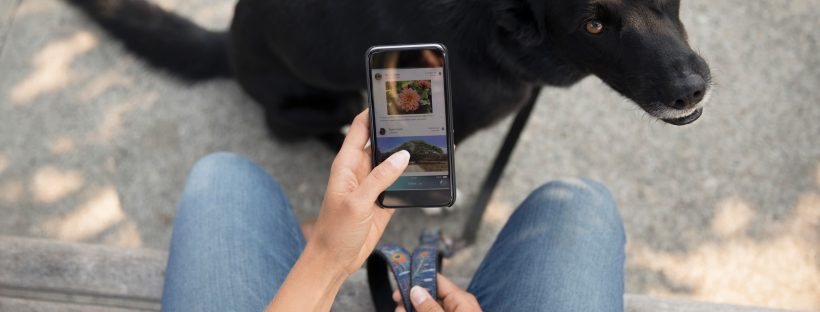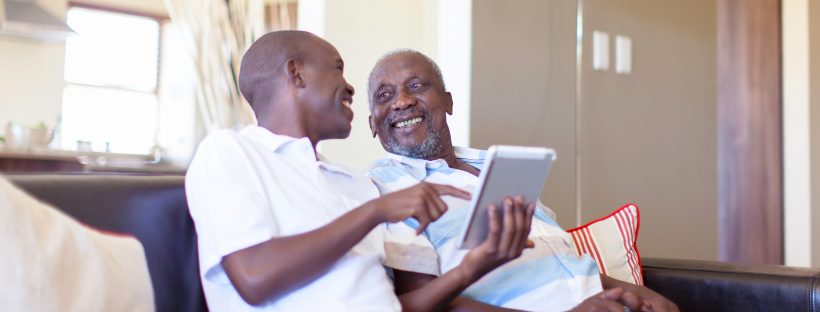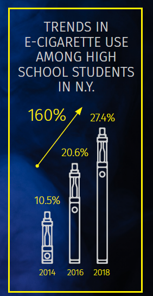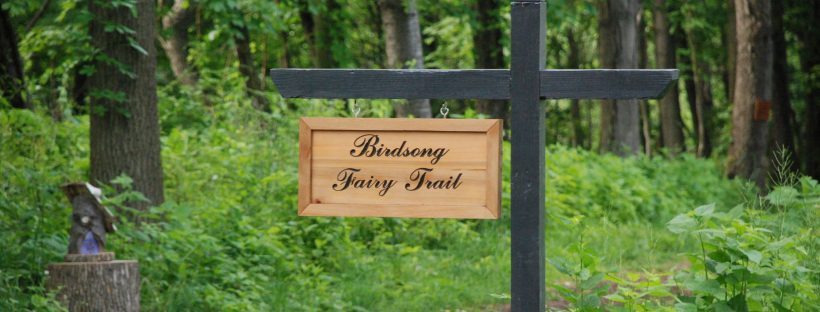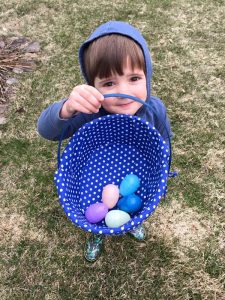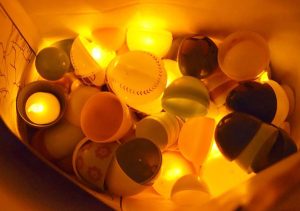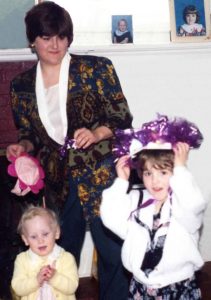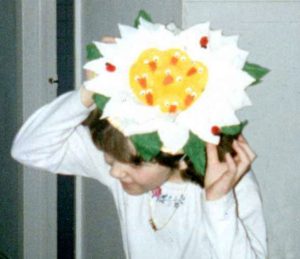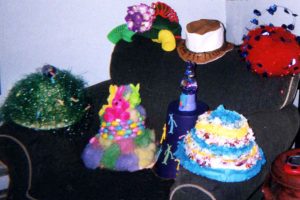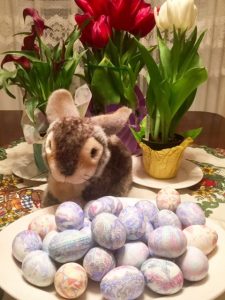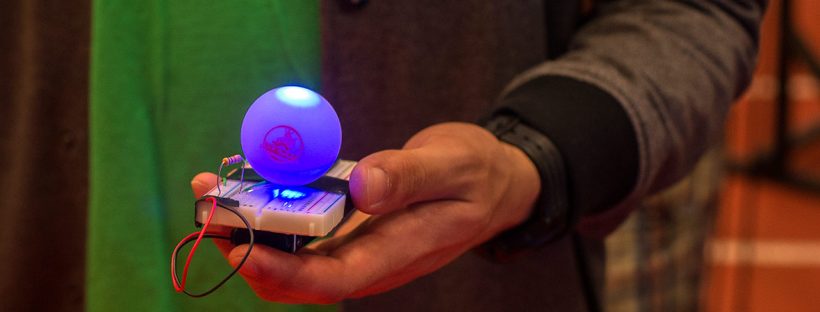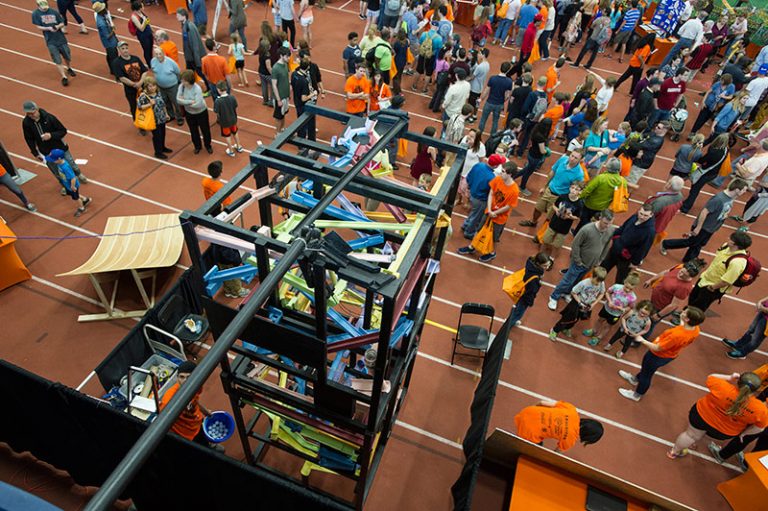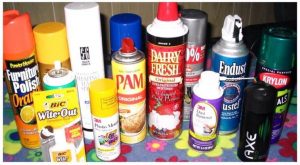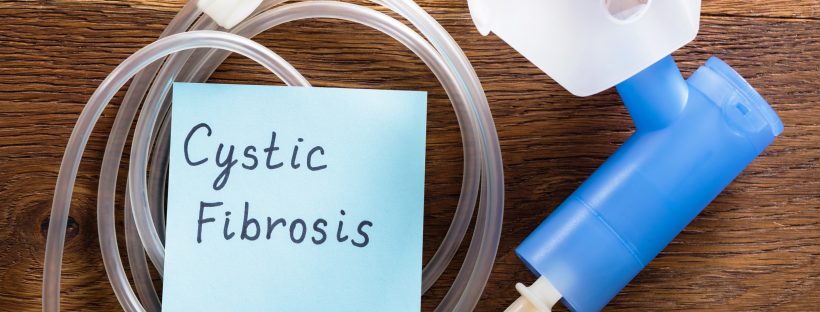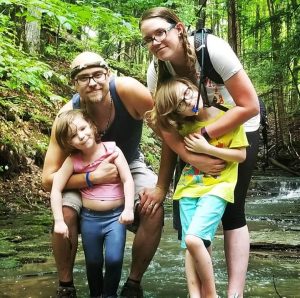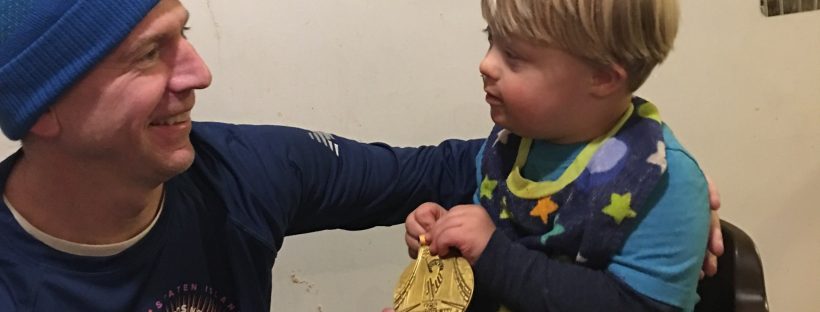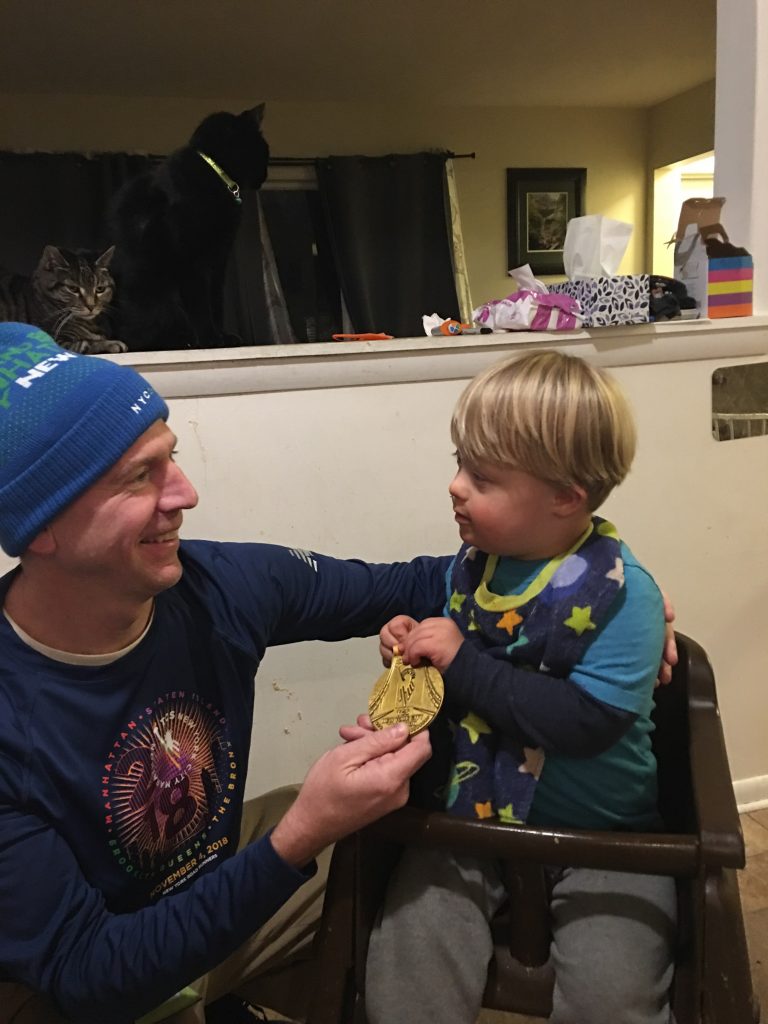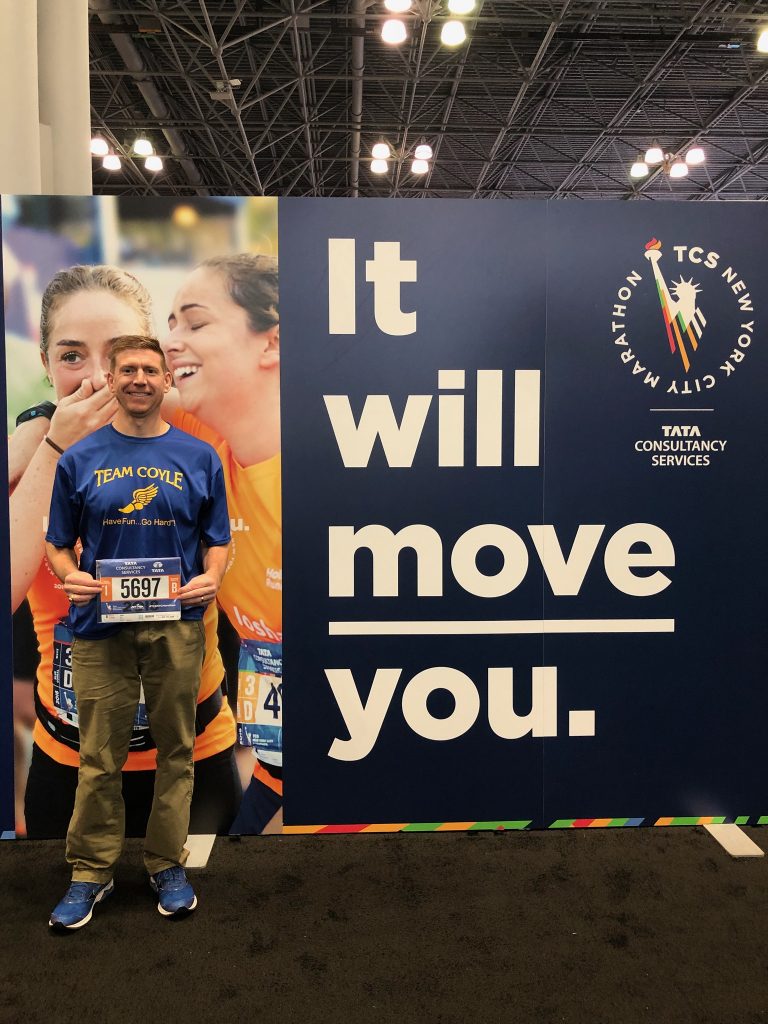I thought my plan was virtually fail-safe, with only the smallest chance it would not succeed. But on February 21, 2016, as I sat on the finely polished concrete steps between sections 103 and 104 of the PNC Arena in Raleigh, North Carolina, I saw my plan dashed in the blink of an eye.
First, allow me to explain something. I like dogs, I really do. I like cats better, but I do like dogs. I’m just not a fan of their lack of self-sufficiency. They need to be let out all the time and they need to be taken for walks. As puppies, they need to be taught not to chew up everything in sight. And, why is it, every time a dog drinks water, they dribble most of their last mouthful on the floor as they walk away from the bowl?
I know this is going to sound strange, but a dog’s unconditional love irks me, too. They don’t judge anything, at all. They’re so raw with acceptance and so ready to play and cuddle. When they see you, they wag their tails like trumpeters signaling the arrival of the king … their complete inability to harbor negative feelings gives me the creeps.
The Dog Question
Imagine my reluctance then when, in the spring of 2015, my two children, Brind’Amour, age 6, and Eulalia, age 5, as well as my beloved wife, began asking me for a family dog. We already had two wonderfully idiosyncratic cats, Mortimer (a bully) and Ethel (a nervous wreck). I thought as far as family pets go, that was enough.
I had plenty of arguments against getting a dog. We were a dual-income family, so if we got a dog, the poor thing be home alone all the time. We didn’t have a fenced-in yard and spending the money on one was just not a priority. And, what would we do with her when we go away on trips? Boarding could also get expensive. I had my reasons.
The Beginning of the End
The subject of the dog continued to surface and resurface at least a few times a week for several months. I fought hard and stuck to my guns.
Then, one night in late January 2016, I was sitting on the couch watching National Hockey League (NHL) highlights of the day’s games. One of the highlights was the story of a goal scored by Ottawa Senators right wing Bobby Ryan. The highlight showed a young boy holding up a sign that said “Bobby, Dad said if you score, we get a puppy.” Sure enough, Bobby had scored. I figured the dad in the story either wasn’t very bright, or wasn’t truly against getting a puppy. Bobby had a well-established reputation for scoring goals.
At the time, we had plans to travel the following month to Raleigh, North Carolina, to visit friends. I had already purchased NHL game tickets for the family to see the Tampa Bay Lightning play the Carolina Hurricanes (I am a Tampa Bay fan due to the organization’s affiliation with the AHL’s Syracuse Crunch) at Carolina’s PNC Arena. Putting this and the Bobby Ryan story together, I came up with my plan to put the “Dog Question” to rest for good.
The Plan
I marched upstairs and announced to the family that I had a deal to make. I told them that, if Tampa Bay player J.T. Brown scores a goal against the Carolina Hurricanes when we see them play next month, then we can get a puppy. Considering that I hadn’t budged at all in previous negotiations, my family erupted with excitement.
What they did not know at the time, however, was that, unlike Bobby Ryan, J.T. Brown didn’t score a lot of goals, at least not at the NHL level. He was a good hockey player and a fierce competitor, but his NHL role had been more of along the lines of fourth-line “mucker” or “grinder,” someone whose job it is to wear down the other team with physical play, rather than scoring prowess.
J.T. Brown is by no means a slouch, but in my mind, the odds were decidedly in my favor.
The Second Sign
My family’s anticipation for the game reached a fever pitch in the week leading up to our trip. Our kids talked excitedly about dog breeds and names, made predictions about what our cats’ reactions would be, and pondered aloud just how much fun it’ll be to have a dog in the house. I often snickered at their naïve overconfidence.
When gameday arrived, my wife bought a piece of sign-sized foam-core, some markers and other sign-making supplies at a nearby office supply store. On the way to the game, she and the kids made a sign that said “If JT Brown Scores, WE GET A PUPPY!”.
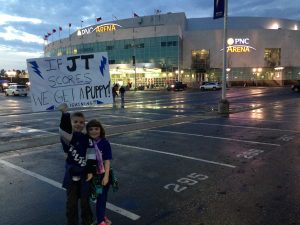
My kids on their way into the arena
When we got to the arena, about an hour prior to the opening faceoff, we walked down to the glass at ice level to watch the players warm up. My kids held the sign up against the glass in the hope that J.T. would notice it. The team was busy with shooting and passing drills, but after a few minutes, we saw him do a double take as the sign caught his eye. He smiled and dipped his head as if to say “Aw shucks!”
We then made our way to our seats behind the Tampa Bay team bench. We were warmly welcomed by a number of Carolina and fellow Tampa Bay fans who thought the whole “if he scores we get a puppy” thing was a lot of fun and they wished the kids good luck.

At our seats, kids beaming with anticipation
The Calm Before the Storm
The first period came and went. Although it certainly was exciting, the only player to score was Carolina’s Joakim Nordstrom, with a shorthanded tally at the 11:10 mark.
I didn’t like that Tampa Bay was down by a goal, but conversely, JT Brown remained off the scoresheet. Good. Twenty minutes down, 40 to go.
At the intermission, I decided to take a walk around the arena. I wistfully made my way around the concourse, past the season ticket sales kiosk, the food concessions, and the charitable silent auction featuring autographed sticks, pucks and other memorabilia. Obviously distracted, it took me a moment to notice the hallway quickly emptying out as people made their way back to their seats. The second period was beginning.
I was halfway around the arena at the time, far away from our seats. So I picked up my pace to an awkward form of walk-jog. I made it to our section and a group of people were standing at the entrance of the stairway leading to our seats. This can only mean one thing: the puck was still in play. As hockey fans know, you must wait for a stoppage before you can enter the stairway to get to your seat, lest you interfere with the view of other fans.
A long sequence of play ensued before the whistle blew. The group began shuffling down the stairs and dispersing among the seats. Unfortunately, the game started up again before I was able to get all the way down to my seat. Not wanting to block anyone’s view, I sat on the stairs, confident that another whistle would soon bring play to a stop and allow me to finish the trip unnoticed.
The Shot Heard ‘Round My World
I watched as Tampa Bay won the faceoff and controlled the puck in the Carolina zone. Then, Lightning forward Valtteri Filppula dropped the puck to his teammate, defenseman Andrei Sustr, who fired the puck at the Carolina goal. The goaltender, Cam Ward, whom I had watched win the Stanley Cup a decade earlier, made the initial save but the puck bounced off his pads and dribbled directly toward a Tampa Bay player standing undefended in front of a wide-open net.

J.T. Brown hopping over the boards for shift (photo courtesy of author)
In the microsecond that then passed, I could feel my eyes widen as I realized who that player was: J.T. Brown. And like a true professional, J.T. made no mistake and quickly buried that puck in the back of the net for a game-tying goal.
Everyone is a Winner
I immediately looked down toward where my family was. Tampa Bay and Carolina fans alike were standing up and cheering and high-fiving my now beyond-elated wife and kids.
I flew down the steps and received absolutely no condolences, no comforting slaps on the back, no apologies, from anyone. There was only everyone else’s joy. But the truth is, I was happy, too. There is nothing quite like your family feeling as if they won the lottery and buying the ticket was all your idea.
J.T. skated towards his bench for a celebratory fist-bump with his teammates and flashed a smile at all of us. After that, the rest of the game was anticlimactic, except for Lightning Captain Steven Stamkos’s powerplay goal in the final period that put his team ahead for good in what would become a 4-2 win.
The Day After
The next morning as I lay in the hotel room bed, I checked the internet for stories about the previous night’s game. To my amusement, the Raleigh News & Observer ran a photo of J.T. scoring his goal with the caption “J.T. Brown fires a shot past Hurricanes goalie Cam Ward to give the Lightning a 1-0 lead in the first period.” Undeterred by the inaccuracies (it was the second period, and his goal tied the game at 1-1), I kept reading. The second line of the caption read, “He also earns a puppy for kids who had a sign at the game saying they would get one if he scored.” That part was undeniably true.
Then, NHL.com ran a game recap story that included the following:
With Tampa Bay in the midst of a father’s trip, Brown was asked if he looked into the crowd for his dad after scoring the goal.
“No, I was looking behind our bench because there was a sign that said if I scored, somebody got a puppy,” Brown joked.
Later that day, one of my wife’s friends tweeted to J.T. and said, “Big thanks to @JTBrown23 my friends kids are getting a puppy.” He replied, “I’m glad I could help!”
The End of It (or, Love Conquers All)

J.T. 8-week-old puppy on her first day at our house
A few weeks later, we welcomed our little girl, a chocolate lab puppy aptly named J.T., into our lives. My wife tweeted a photo of our kids with their sign and our new puppy to the Tampa Bay team’s Twitter account. They asked her for a few small details, which she happily shared.

My kids with their new puppy, J.T.
A week after that, your humble narrator was again on the couch watching hockey. This time, Tampa Bay was in Toronto playing the Maple Leafs. During a stoppage in play, the producers queued an episode of a short segment they called “Timeless Moments” and I almost fell onto the floor when I suddenly saw video of my kids holding their sign up to the glass at the Carolina game. The segment then went on to show and describe J.T.’s puppy-winning goal and concluded with my wife’s picture of our kids with their new puppy.
So, that concludes my puppy story. I must confess that J.T. the dog has changed me somehow. For one reason or another, it does not bother me when she dribbles a mouthful of water on the floor as she walks away from her bowl.
Notes:
https://www.nhl.com/news/tampa-bay-lightning-carolina-hurricanes-recap/c-279049404?tid=278839888
https://www.nhl.com/news/ottawa-senators-beat-new-york-rangers/c-277768776?tid=277731746


